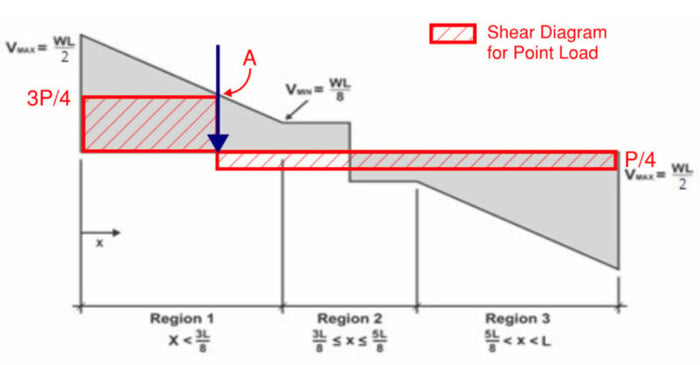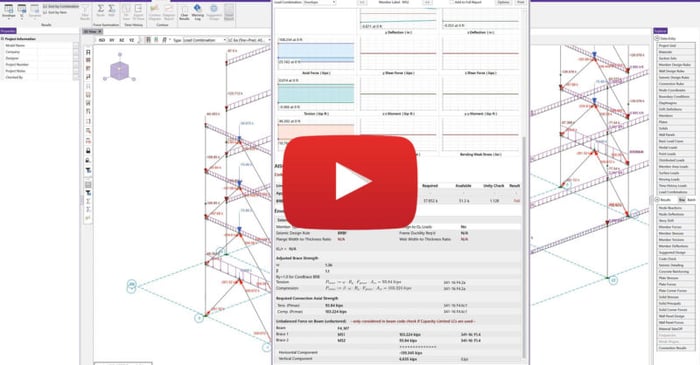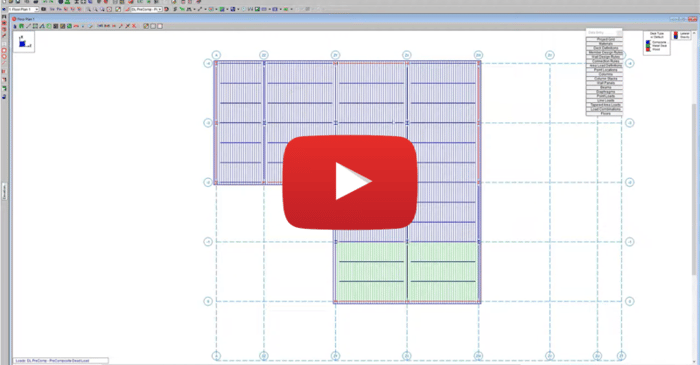
June 10, 2021
RISA employees teach 8-week STEM module to students in Orange County
Over the past few years, RISA has been involved with Stand Up for Kids - Orange County. Since 2003, Stand Up for Kids has focused on putting an end to the cycle of youth homelessness in the community. They work to provide basic needs, housing, mentoring support, care, and love to at-risk and...











